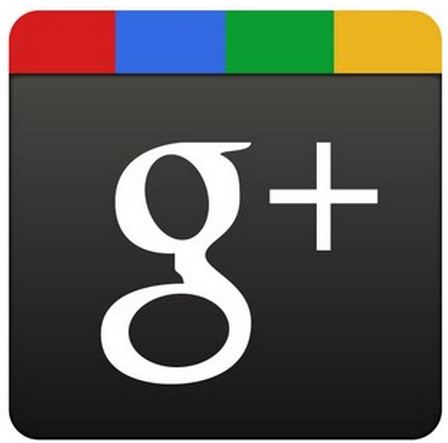Why You Can’t Compare Google+ User Figures To Facebook & Twitter
Google announced that Google+ has 40 million users today. Woo-hoo! That’s nearly half what Twitter claims, right? And while it’s below Facebook’s 800 million, Google’s getting there, right? Wrong. The number simply can’t be compared to Facebook and Twitter. Active Users Vs. Sign-Ups Let’s start with Facebook. At various points, Facebook has given out a […]
 Google announced that Google+ has 40 million users today. Woo-hoo! That’s nearly half what Twitter claims, right? And while it’s below Facebook’s 800 million, Google’s getting there, right? Wrong. The number simply can’t be compared to Facebook and Twitter.
Google announced that Google+ has 40 million users today. Woo-hoo! That’s nearly half what Twitter claims, right? And while it’s below Facebook’s 800 million, Google’s getting there, right? Wrong. The number simply can’t be compared to Facebook and Twitter.
Active Users Vs. Sign-Ups
Let’s start with Facebook. At various points, Facebook has given out a count of how many users it has. Currently, on its stats page, Facebook claims 800 million active users.
Active users are key here. By active, Facebook means people who have logged into Facebook at least once per month. Facebook has many more users than that who have signed-up for Facebook at some point but who don’t actively use the service.
Counting active users make sense. It can help filter out people who might create dummy accounts for spamming social media networks, or to secure vanity URLs (more an issue with Twitter) or those who signed up but maybe never went back.
Twitter recently reported its active users, claiming 100 million last month. These are people that Twitter says logged in at least once per month.
Google Reports Sign-Ups, Not Actives
How about the 40 million figure that Google released today. Those are simply the number of people who have signed up for Google Plus, the company tells me. It’s not an active user figure.
More accurately, it would be called the sign-up figure. Some of those will be active. Indeed, millions will have signed up within the past month, when Google+ opened to anyone. The mere act of signing up would make the active, at least for a bit longer. But not all of them.
What is the active user figure for Google Plus? That’s not something Google’s giving out, right now. That means going forward, until you hear the word “active” next to a figure that Google provides, don’t use it to measure against the active figures given out by its competitors. It’s just not accurate.
Figures, Figures, Everywhere!
It’s also important not to compare Google’s figure to Google+ growth figures from other sources.
For example, in August, comScore reported that Google had 25 million visitors. So has Google grown by 15 million visitors to reach 40 million as announced today? No — because one figure is from comScore, using comScore’s own estimating methods, while the other figure is from Google. You can’t compare the two directly.
Another source of Google+ growth stats has been Paul Allen, who has done a number of estimates over time based on counting surnames. But his figures can only be compared against his own figures, whether they’re for Google+ (which is all he’s been doing) or for other social services.
Even comparing within the same data set can be tough. Consider this chart from the comScore estimate I’d mentioned earlier:
The growth of Google+ looks incredible impressive compared to other social networks. But the overall environment of that growth is also much different.
There were more people online when Google+ launched than when Facebook, Twitter or MySpace did. There were also many more people who were already acclimated to the idea of being on a social network.
Google+ also had the advantage of launching a network where people had already signed up for Google in general, making Google+ an easy “add-on” rather than a starting fresh account elsewhere.
Google’s Given Only Two Official Figures
To date, the only other figure that Google itself has given out about Google+ was that it hit 10 million users as of July 14, 2011. That was provided during Google’s Q2 2011 earnings call. That can be compared to the 40 million user figure given out today. That means growth of 30 million sign-ups in 3 months, an average of 10 million sign-ups per month.
In contrast, Facebook gave out a figure of 750 million ACTIVE users on July 6, 2011. On September 22, it announced it had reached 800 million ACTIVE users. That’s growth of 50 million active users in about 2 1/2 months, about 20 million more active users gained per month.
But wait! Google+ wasn’t open to the public during most of that period while Facebook was. If it had been, Google+ might have gained more users than Facebook. The average figure doesn’t accurately reflect this!
No, it doesn’t. But then again, Facebook’s count is for active users and so will be lower than Google’s count for sign-ups. See why you shouldn’t compare these figures?
Similarly, while Twitter and Facebook both have active user figures that you can compare, Twitter CEO Dick Costolo is pretty relaxed about those people not logging in, since plenty of them apparently still consume content from the service in ways that Twitter finds valuable.




